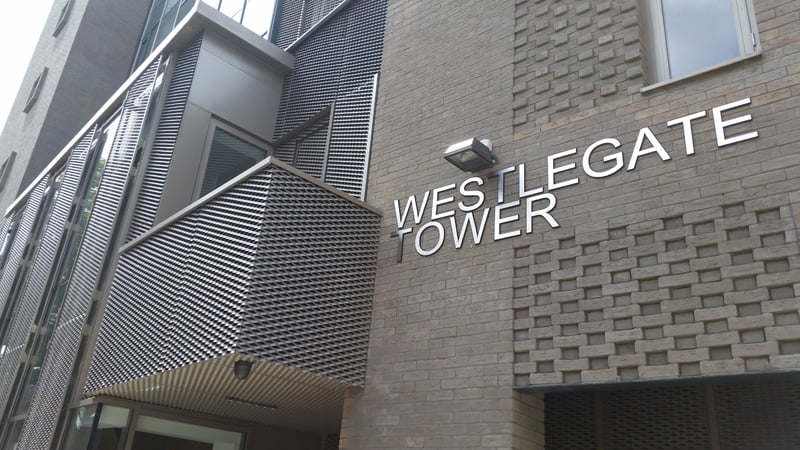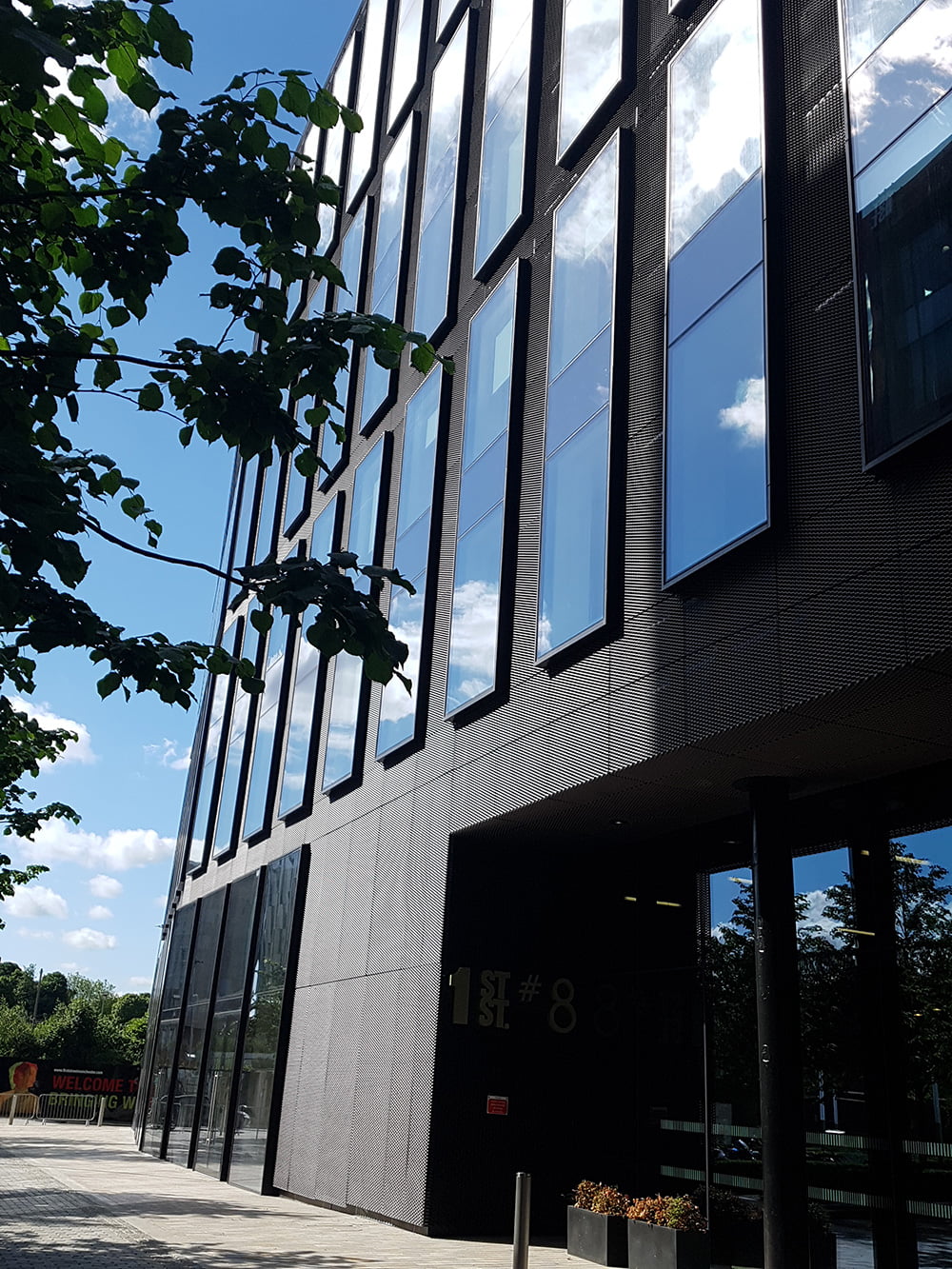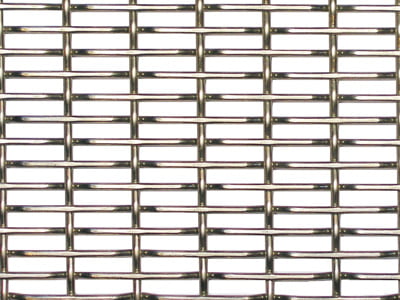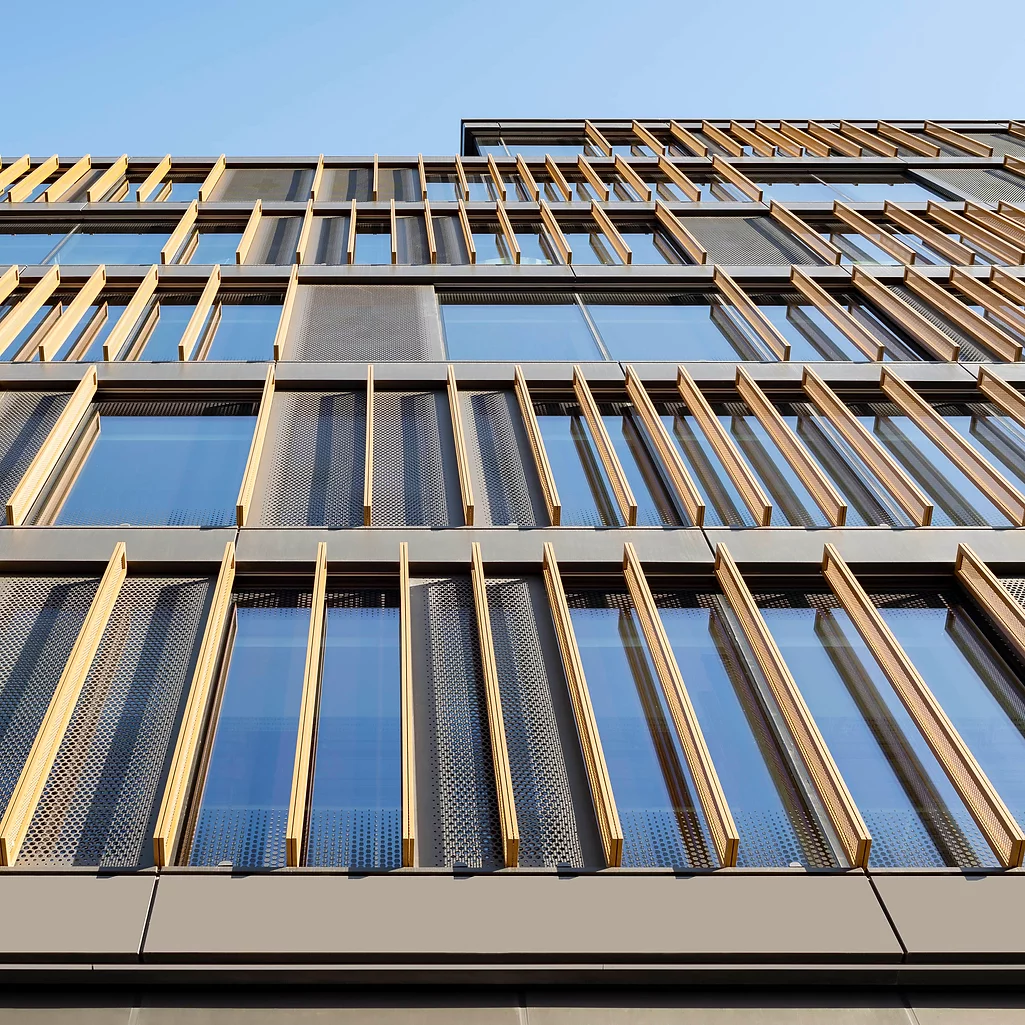Fire Performance Ratings
Building safety during construction and occupancy is important for everyone involved in the process; from architects, product manufacturers, to contractors and end users.
Fire safety is of upmost importance when considering which external cladding material to specify for the building’s façade. Fire breaking out in or around a residential or commercial building has the potential for disastrous consequences such as severe structural damage or even worse, the loss of life.
Fire ratings for Cladding and Juliet Balconies in High Rises
Since the Grenfell tragedy in 2017, the materials used to construct high rise buildings have been under incredible scrutiny.
Architects and specifiers are now acutely aware that the materials they specify must carry the appropriate fire rating, lest they end up like Studio E, the architectural practice in charge of the Grenfell tower refurbishment in 2015-16.
Studio E filed for liquidation after becoming embroiled in a lawsuit and unable to afford legal representation at the Grenfell Tower inquiry.

Fire Ratings Made Simple:
The UK Building regulations on fire safety were issued in 1991 and use (from best to worse) Class 0, 1, 2, 3, 4 ratings to classify materials. However, since then, the UK Government has adopted the far more thorough and exhaustive Euroclass system:
- Class 0 is not a fire classification identified in any British standard test. Despite that fact, people still incorrectly cite Class 0 – 4 when talking about Fire Ratings.
- European fire ratings (Euroclass) are (from best to worse) A1 , A2, B, C, D, E or F.
- Smoke emissions are indicated using a (from best to worse) S1 , S2, or S3 rating.
- Smoke classifications are not given to products with an E or F Euroclass rating.
- Flaming Droplets/particles are indicated (from best to worse) using a d0, d1 or d2 rating.
- A1-rated products are not given a smoke or flaming droplet rating, as it is assumed they do not contribute to fire growth or spread.
The building (Amendment) Regulations 2018 specifies that materials used for and attached to the external wall of buildings 18m+ high must achieve Class A2-s1, d0 or A1 in accordance with BS EN 13501-1:2007+A1:2009 (later superseded by BS EN 13501-1:2018).
The UK Government is also exploring a proposal that would further include 11m+ high buildings.

What does this have to do with Juliet Balconies and Cladding?
Though it wasn’t applied retrospectively, this effectively resulted in a ban on the future use of laminated glass infill panels for balustrading and Juliet balconies in high rises, as they fail to achieve the necessary fire rating.
As of today, there are few companies who have managed to achieve this fire rating using glass materials. Those that have are offering a product which is too expensive to be practical. At the time of writing, none have ever managed to achieve an A1 rating.
Just in case you were wondering – the glass panes in windows and doors are specifically exempt from this rule and can be made using laminated glass.
Locker Architectural Products
EU Publication 96/603/EC lists materials that are class A1 rated without fire testing (provided they are not finely divided) inclusive:
- Steel
- Zinc and zinc alloys
- Stainless steel
- Aluminium
- Copper and Copper Alloys (including brass)
Locker Architectural metal meshes are generally made entirely from aluminium or stainless steel before the introduction of a secondary finish.
This means that they are automatically classed as A1 fire rated and can safely be specified for high rise buildings, be it Juliet balconies, façade cladding, rain screening, sun screening etc.
Stainless Steel

Stainless Steel is typically left with a natural finish (i.e. no secondary finish is applied) which means the finished product is A1 rated.
Aluminium

Aluminium is often provided with a secondary powder coated, or anodised finish. Powder coated finishes are typically rated A2, whereas anodised finishes typically achieve an A1 rating.
Contact our team for more information
If you are looking to specify mesh for a large-scale cladding project or building envelope, and you have concerns over the fire safety of your specification, contact our sales team for a more in-depth discussion.
Click Here for details of our full product range, or phone 01925 406600.



